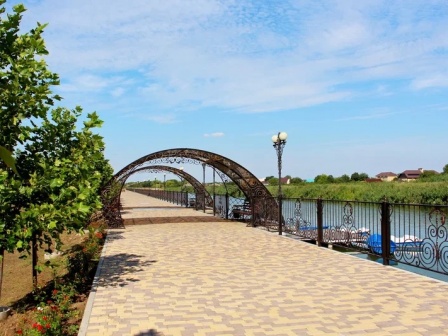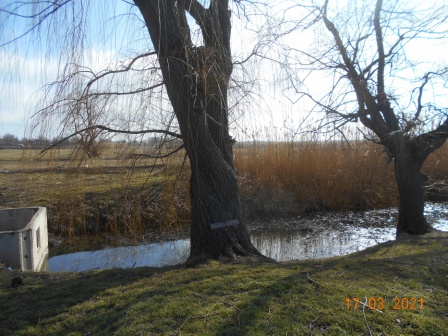Resource base
Climate
- The districtТs territory lies in a temperate climatic zone with a steppe climate.
- Very often, the district experiences the impact of atmospheric fronts, leading to frequent weather changes, especially during the cold season. The climate is also affected by the extensive river network.
- The moisture evaporating from the mirror-like surface of rivers enters the air, causing frequent and dense fogs in spring and fall.
- On average, there are 280 sunny days per year.
- The average annual temperature is 10 ∞C (50 ∞F).
Mineral
resources
Fresh water
reserves
- The main waterways of the district are the rivers the Rassypnaya, the Mekleta, the Razshevatka and the Kalaly
- The population of Belaya Glina district receives water from 64 underground water sources.
- There are two large water pipelines in Belaya Glina village (MUP Beloglinsky Vodokanal) and Uspenskaya village (departmental OAO Uspensky Agropromsoyuz), each equipped with headworks and disinfection facilities.
- Other settlements receive their water supply directly from artesian wells.
Fertile
lands
- To date, several deposits of local building materials have been discovered: sand, clay, loams.
- Sands consist of multiple grains, including mica.
- Clays and loams are heterogeneous and porous, with a lumpy structure.
Recreational resources
- Water resources of Belaya Glina district are mostly rivers and ponds. The following rivers flow through: Rassypnaya (a tributary of the Middle Egorlyk), Kalaly (a tributary of the Egorlyk) and Tatarka (a tributary of the Kalaly river
- The mineral content in rivers and ponds has increased, ranging from 3,000 to 5,200 mg/l. Sulfate and bicarbonate ions are the most common minerals found in the water.
- Spring of the Lenin Collective Farm natural landmark and the Spring of the Russia Collective Farm natural landmark.
- The wildlife in the regionТs steppe zone is diverse, with over 600 animal species documented in Krasnodar region. There are around 320 bird species, 163 fish species, 86 mammal species, 21 reptile species, and 11 amphibian species.

The Rassypnaya river
The Rassypnaya River is a typical flat river with a flow rate of 0.1 m/min. Its depth ranges on average from 1.0 to 2.5 m, reaching a maximum of 4 m with a channel width of up to 17 m. The river is replenished by atmospheric precipitation and groundwater. The total evaporation from the river surface is 67.3%, while the surface runoff is 22%.


